
Step into the Shaker Retiring Room at the Metropolitan Museum of Art, and you’ll find no design detail wasted. There are hooks lining the walls for clothes and chairs, wheels on the bed for easy cleaning, and small tilting discs on the back of the seating for just a slight lean. The United Society of Believers in Christ’s Second Appearing, better known as the Shakers for their shuddering movements during ecstatic worship, followed the 18th-century teachings of Mother Ann Lee. She advised keeping “hands to work and hearts to God.”

In Simple Gifts: Shaker at The Met, a few of the period room’s fixtures have migrated over for the temporary exhibition, joining other objects from the museum’s collection that demonstrate this expression of spirituality in rigorous design. Simple Gifts also explores the impact of Shaker culture on American Modernism. Although the Shakers started in 18th-century England, in the 19th-century United States their adherence to utopian ideals on racial and gender equality, bare minimum possessions, pacifism, and community living found a popular resonance. Self-sustaining Shaker groups sprang up in New York, Maine, New Hampshire, Connecticut, Massachusetts, and Kentucky.
Their peak was in the 1840s, with about 6,000 members, yet their ideas reached an even broader audience through their community-supporting sales of furniture, textiles, and boxes. Using readily available woods like pine, and the mechanized production of interchangeable parts, their production was incredible. The exhibition text notes that from 1822 to 1865 in New Lebanon, New York, alone, around 77,000 boxes were made, all designed to be neatly nested or stacked.

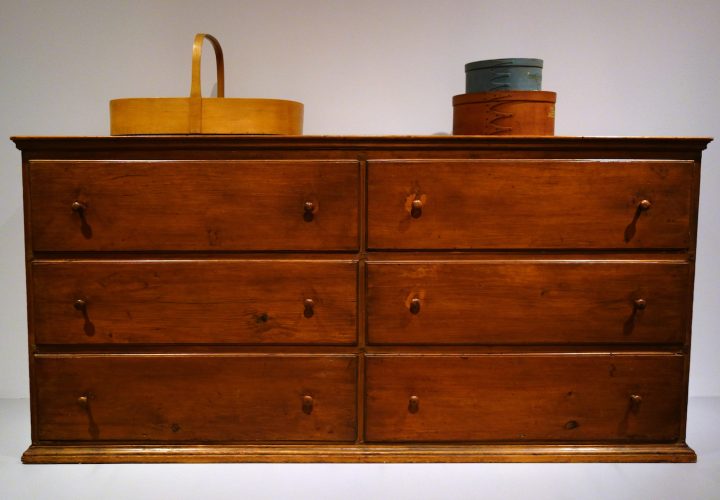
Organized by Alyce Perry Englund, assistant curator of American decorative arts at the Met, Simple Gifts highlights how collecting and exhibitions in the mid 20th century sustained the appreciation of the Shakers’ sensible, minimalist craftwork into the 21st century. A painting by modernist Charles Sheeler of a Shaker-inspired interior presides above objects collected by Faith and Edward Deming Andrews from the 1930s to ’60s, which now are the foundation of the Met’s Shaker holdings.
Perhaps by coincidence, the two rooms of Simple Gifts are installed in the American Wing alongside The Aesthetic Movement in America, which highlights a very different 19th century that worshipped beauty in opulent stained glass and ornate wood carving. Where the austere Shaker cabinets and rocking chairs are unpainted or feature muted blues, rust reds, and ochers, each of the Aestheticist pieces are proud peacocks. That both of these movements were happening within decades of each other is fascinating, especially in that the Shaker furniture has much more of a connection to what is considered “American” aesthetics today.
Projected above a Shaker bench and chair is the 1944 Appalachian Spring. A collaboration between choreographer and dancer Martha Graham, composer Aaron Copland, and sculptor Isamu Noguchi, the piece premiered near the end of World War II, the country perhaps more ready than ever for a nostalgic meditation on its pioneer spirit. Noguchi’s set pieces, including a tall-backed chair and long bench, incorporated Shaker silhouettes; Copland’s sweeping score wastes no note in its spare orchestration; and Graham’s distinctive, full-body collapses contrast with the heavy, Shaker-inspired costumes. Considering the first production also featured Merce Cunninghamdancing opposite Graham, it was an incredible meeting of artistic minds.
Copland’s score in particular, with its riff on the Shaker hymn “Simple Gifts,” remains a paragon of American culture, even as the Shakers themselves had mostly faded by the 1940s. So why did this spiritual passion for industry and simplicity echo so deeply throughout American culture? Maybe in part because in every Shaker object there is a strict connection to the land, with local materials and the hand of the maker always present. The work is simple, it is strong, and it lasts.

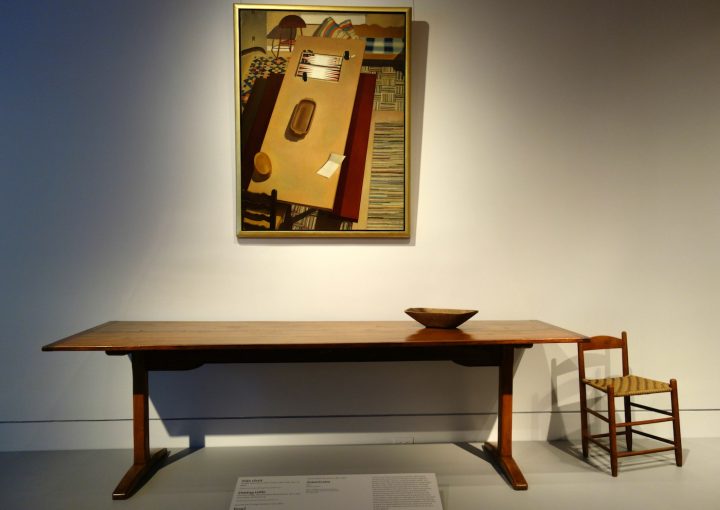
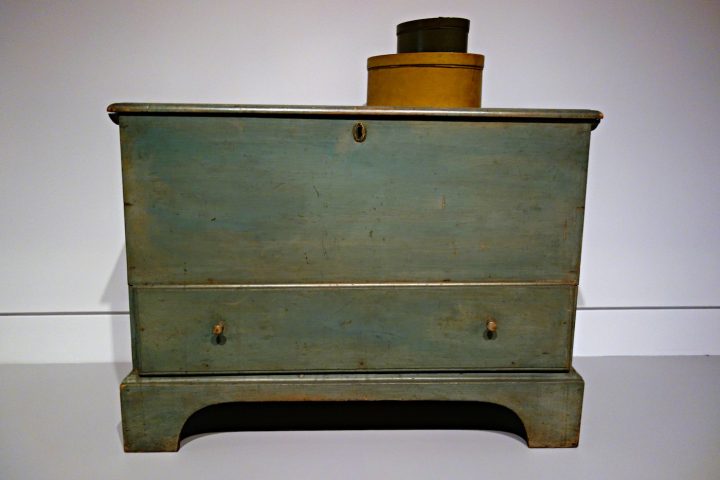
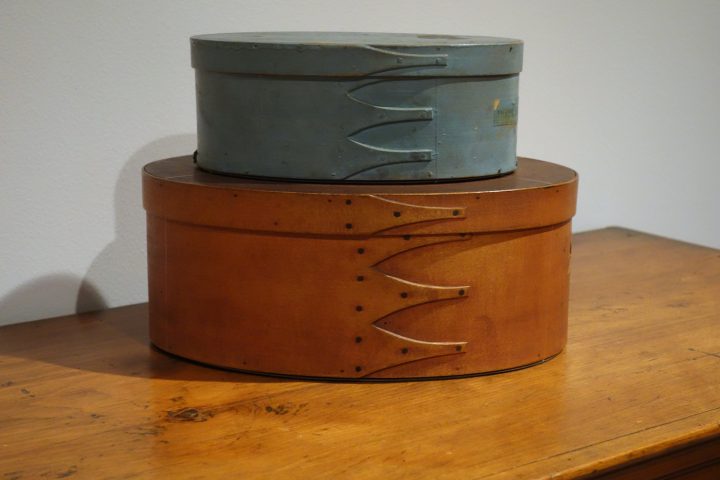
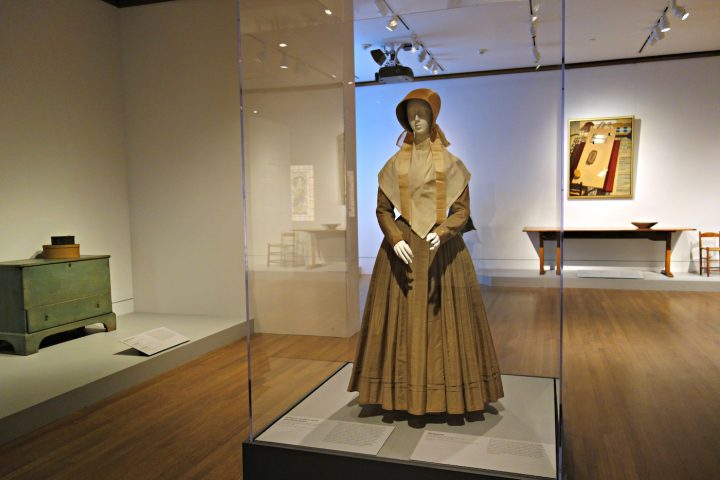
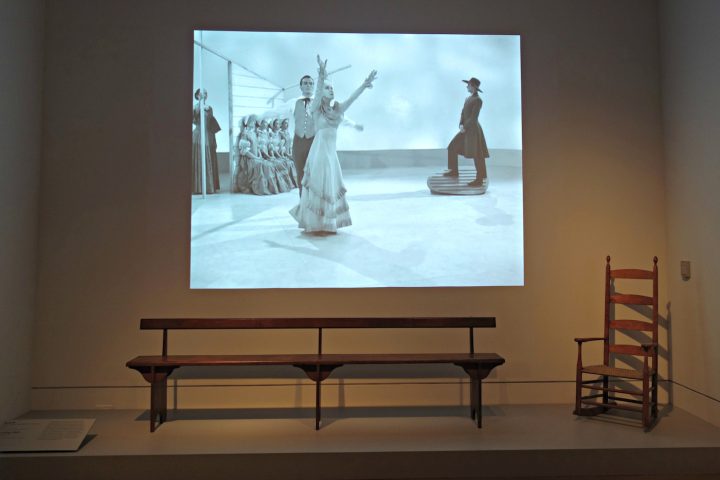
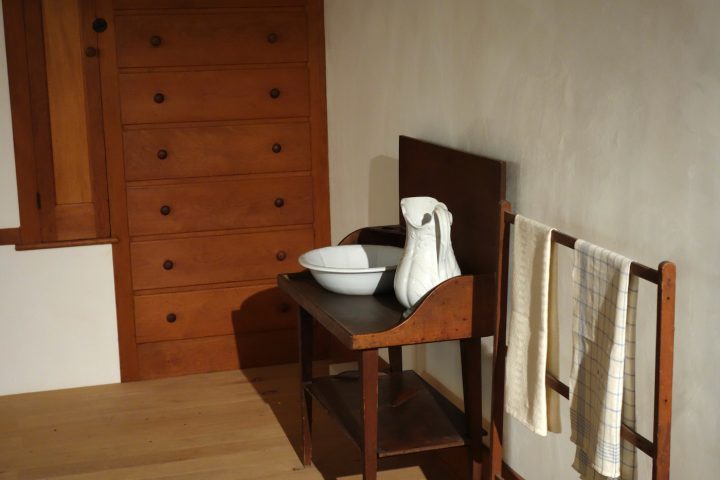
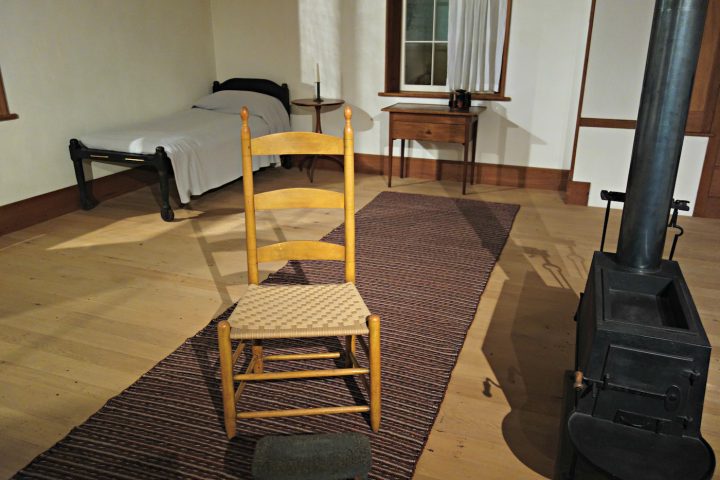

No hay comentarios:
Publicar un comentario